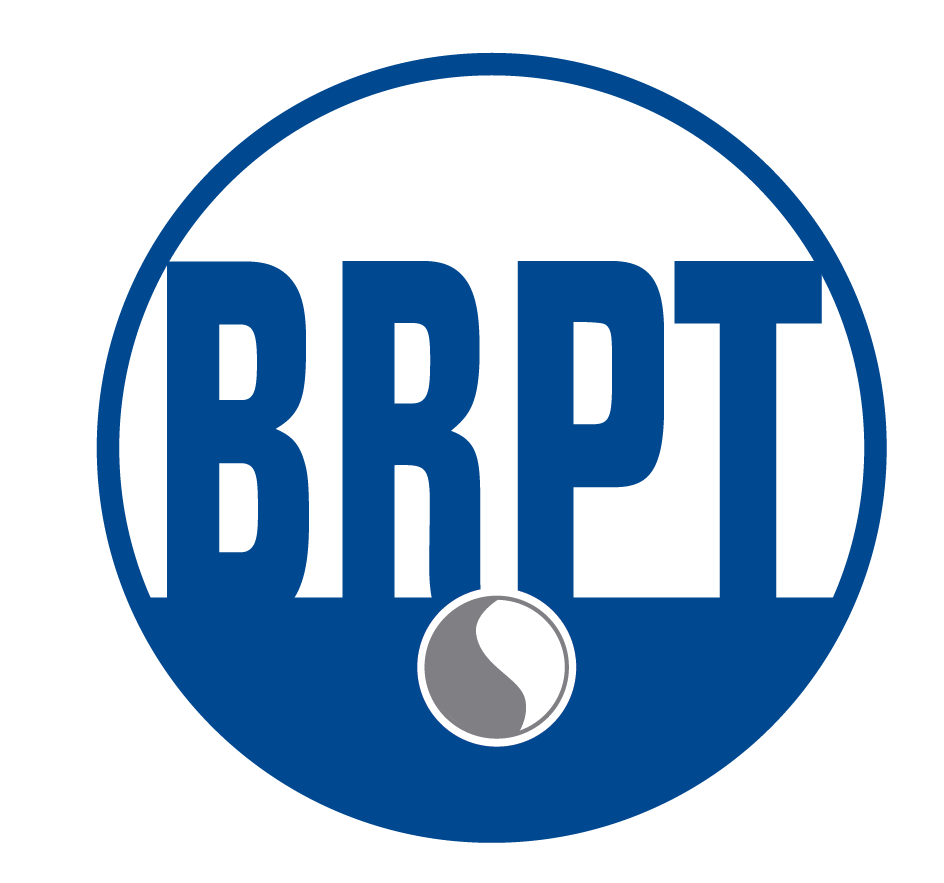Finding the right Polysomnography Program
Focus Sleep School had the pleasure of instructing Colin Baugh during our May 2022 A-STEP Introductory Course. He is currently working as a Certified Polysomnographic Technician, CPSGT, in Louisiana.
Colin started working at a sleep lab in September 2022, roughly 3 months after completing both parts of A-STEP. Colin learned about this career path through someone who is living the life. His family member introduced him to the idea of pursuing Sleep as a career. Colin found the work schedule and success intriguing.
"Becoming a sleep tech was one of the best decisions I have ever made that not many people know about, I encourage anyone who is considering a career in sleep to dive right into training and Focus Sleep School is the place to do it!"
Colin Baugh
How to become a sleep tech
He spent some time researching and discussing the job with others in the field and decided to take the leap with A-STEP. He describes the education and exams as relatively easy but finally applying his knowledge to working in the lab was a little difficult during his first month working with patients.

Career Path - Focus Sleep School
He decided to pursue the CPSGT credential prior to RPSGT and found that the A-STEP introductory course and the AASM A-STEP modules extremely helpful in passing the CPSGT exam. All these resources as well as his notes taken during the LIVE course made him confident and successful at passing the exam.
The CPSGT credential is not a requirement, but many organizations prefer their new hires to have at least this entry level credential to show their competence of the basics. The CPSGT is valid for 3 years and cannot be renewed. The expectation is that a CPSGT will actively pursue and pass the RPSGT exam within those 3 years. There are 3 pathways to this credential. Focus Sleep School can start a candidate on Pathway 3 and help students earn this credential prior to gaining experience.
What does a sleep tech do?
Colin starts his typical shift at 7pm by prepping home sleep test devices, reviewing patient fact sheets, and setting up patient rooms based on the ordered study. His patients arrive around 830 and he will apply the patient equipment setup process learned during A-STEP. After lights out and calibrations, notes are taken in 30-minute increments until around 5am when patients are awoken, disconnected, and equipment is cleaned.
One of the challenges Colin experiences at work is performing procedures in the right way at different locations. He runs into situations where protocols and expectations differ slightly at each center. I can personally speak to this challenge and am sure many multi-location/center/organization techs can relate. It's especially frustrating when procedures differ due to the mindset of "that's just how we do it HERE."
I would encourage techs in this situation to stick to policy. P&P manuals reside is all organizations and they do more than just make your monitor taller. Ask your colleagues to reference "how we do it" to an organizational or industry manual. This practical application can help you not only in your day-to-day life but also when preparing for credentialing exams. Every right answer is going to be an industry standard with resources to back it up. Learning why your policies are in place will help you build your foundation on the right information.
How to become an RPSGT

RPSGT Eligibility – Board of Registered Polysomnographic Technologists
Colin hopes to become an RPSGT within 18 months and work his way through college. He stated, "Becoming a sleep tech was one of the best decisions I have ever made that not many people know about, I encourage anyone who is considering a career in sleep to dive right into training and Focus Sleep School is the place to do it!"
I am personally thrilled to see Colin doing so well and transitioning quickly from sleep student to sleep tech!